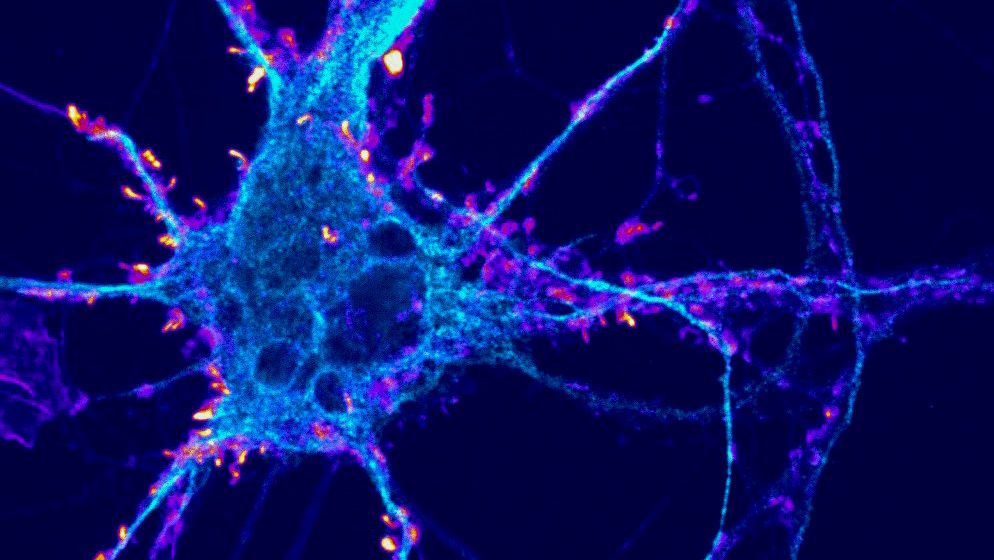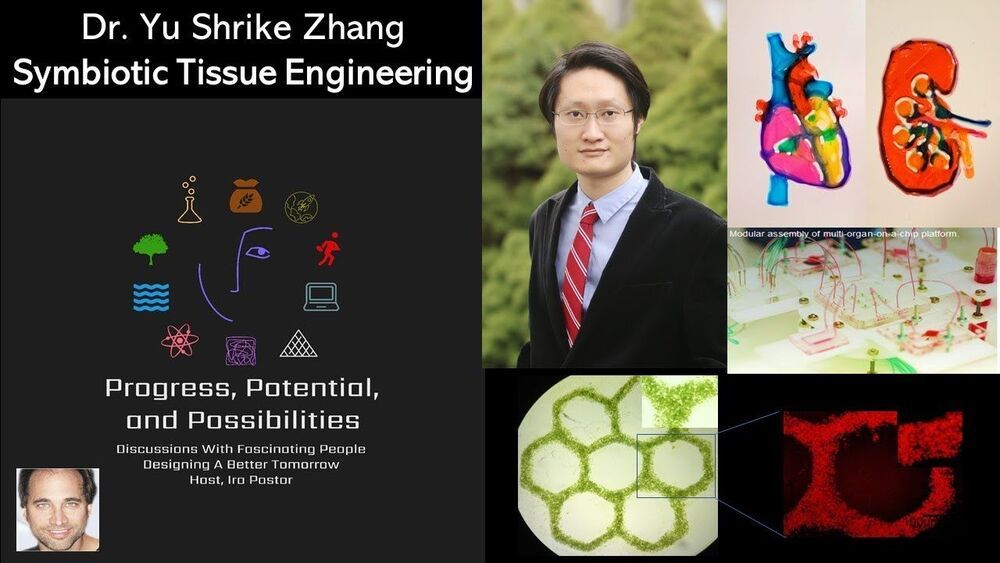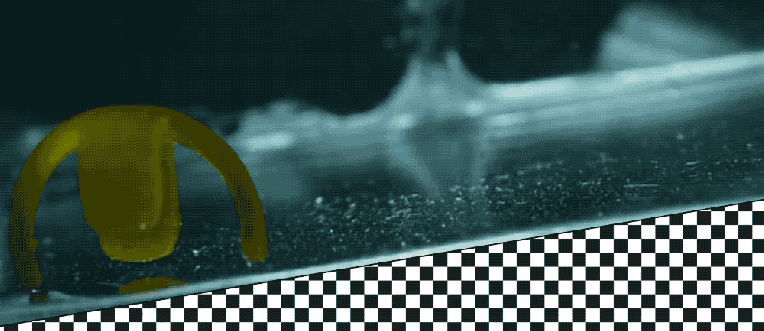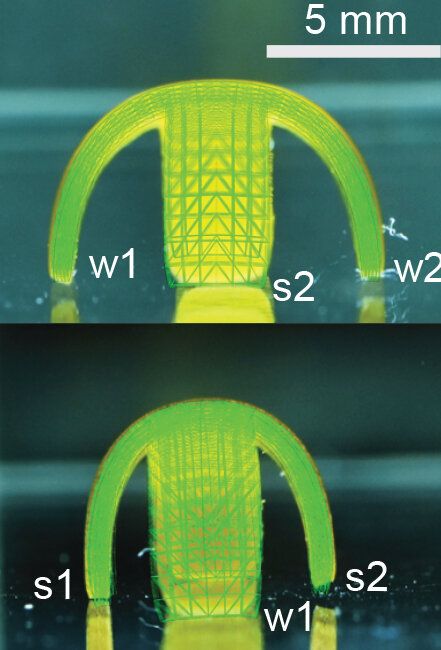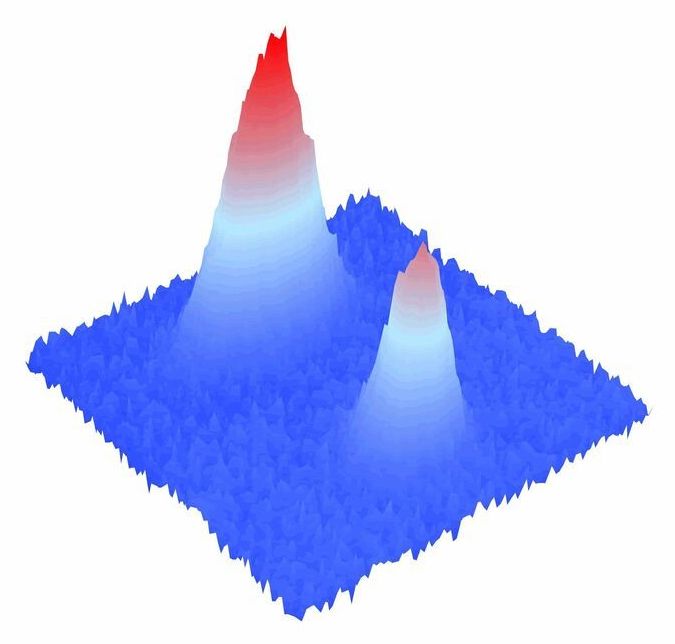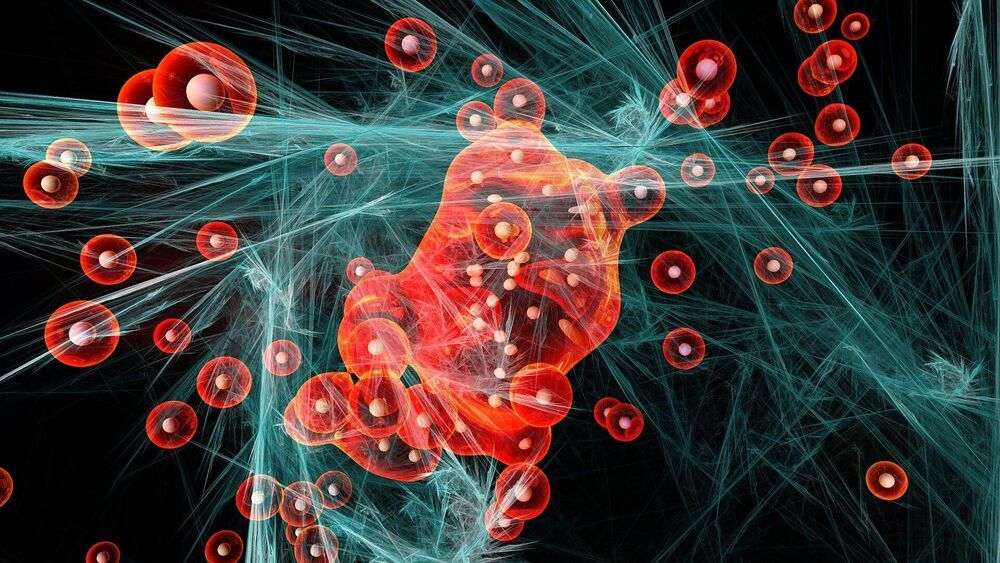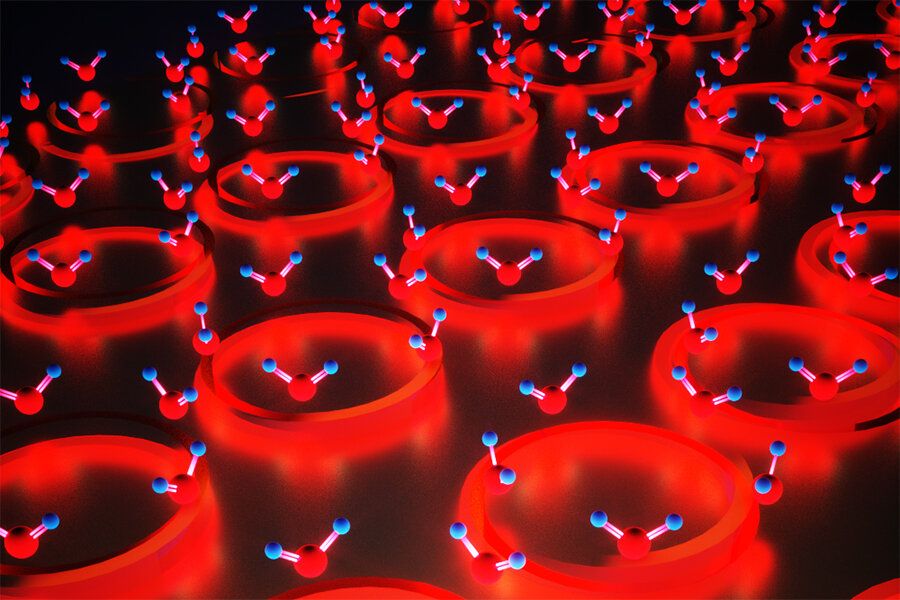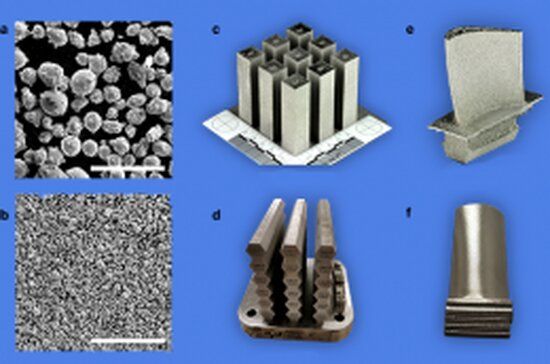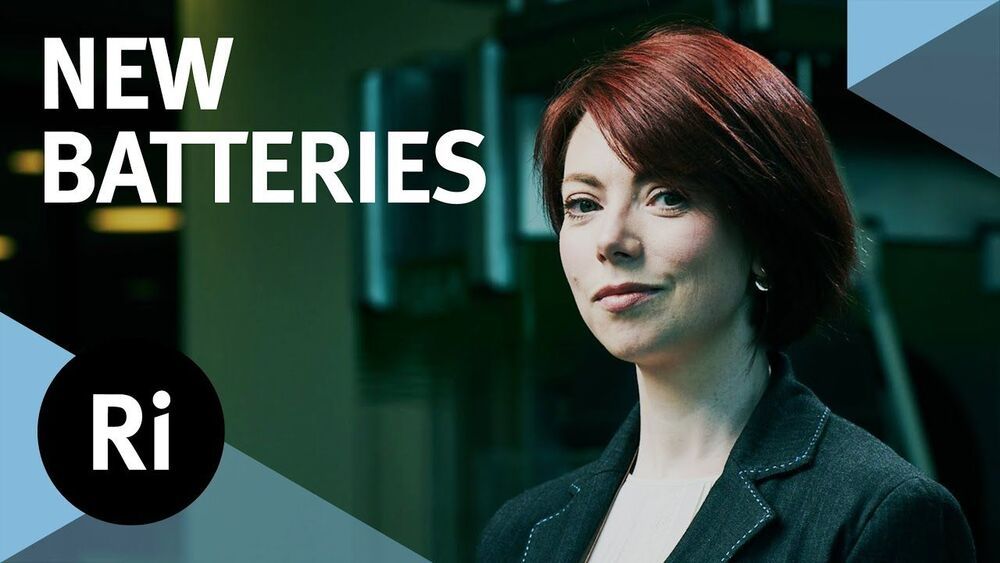Dec 11, 2020
Reversing Senescence Through The Skin — Dr. Carolina Reis, CEO & Co-Founder, OneSkin Technologies
Posted by Nicolas Chernavsky in categories: biotech/medical, chemistry, food, information science, life extension
Dr. Carolina Reis Oliveria, is the CEO and Co-Founder of OneSkin Technologies, a biotechnology platform dedicated to exploring longevity science.
Carolina holds her Ph.D. in Immunology at the Federal University of Minas Gerais, in collaboration with the Rutgers University, where she conducted research with pluripotent stem cells as a source of retinal pigmented epithelium (RPE) cells, as well as the potential of RPE-stem cells derived as toxicological models for screening of new drugs with intra-ocular applications.

